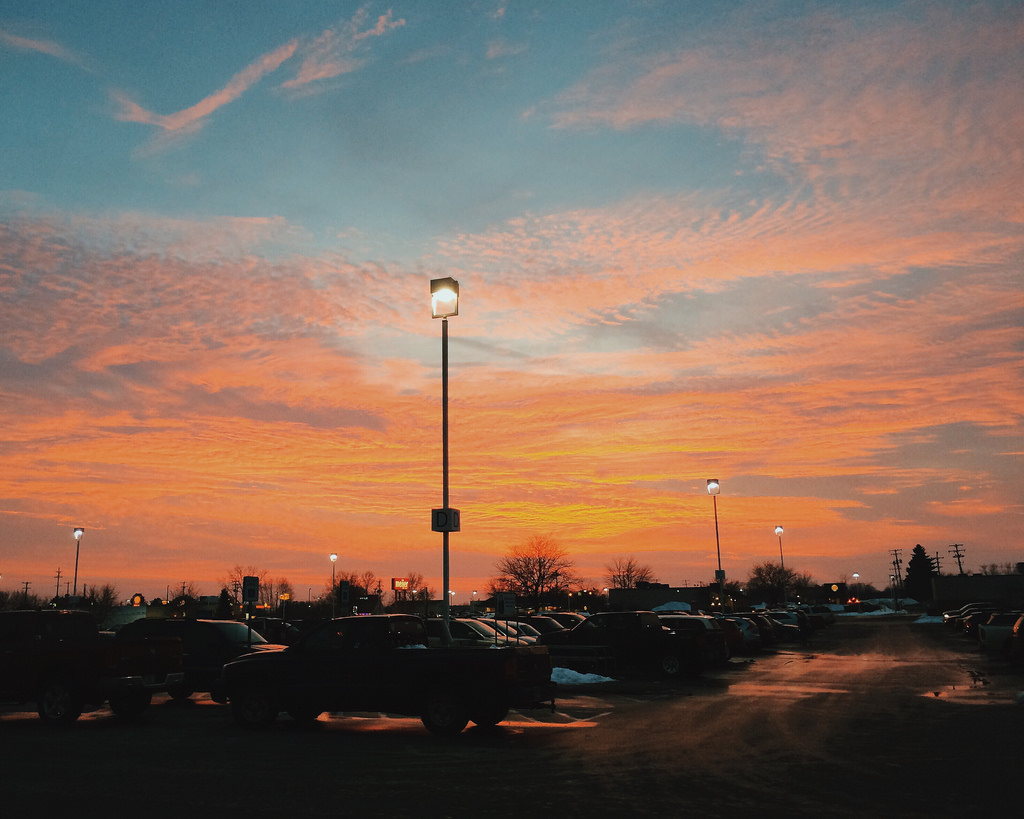Tobermory, Ontario
The first thing you notice as you approach Tobermory, Ontario, is the islands. They come up on the ferry in quiet way, and then the peninsula appears. The islands are just a preview.
Jutting out into the Georgian Bay of Lake Huron, on the same piece of limestone as Toronto and Niagra Falls, Tobermory is a special place. It’s lifeblood is the Great Lake freshwater that surrounds it, and its flesh is the hard, unforgiving stone it sits upon. There’s no sandy beaches here. No, it’s all stone, either in slabs – big, brutalist shelves of pain – or pebbles.
Someday, a million years from now, there may be sand.
I used my pair of mirrorless cameras, the Fuji X-E1 and Canon EOS M, as a no-fuss way of capturing the place. After all, I was here to explore, not lug a bunch of photography equipment. I had cliffs to climb and trails to hike. The woods called.
So did the boats. Ferries run from the peninsula town to the wild islands out in the bay, and other, smaller boats are all over the place. It’s a place that lives and breathes water. Water is everywhere.
For those of us living around the Great Lakes, this is nothing new. But Tobermory has that lakeside town feel, the kind of place you see up and down the west coast of Michigan, that makes it the perfect vacation spot.
Islands and boats and water and rock: the four true elements of Lake Huron.






































